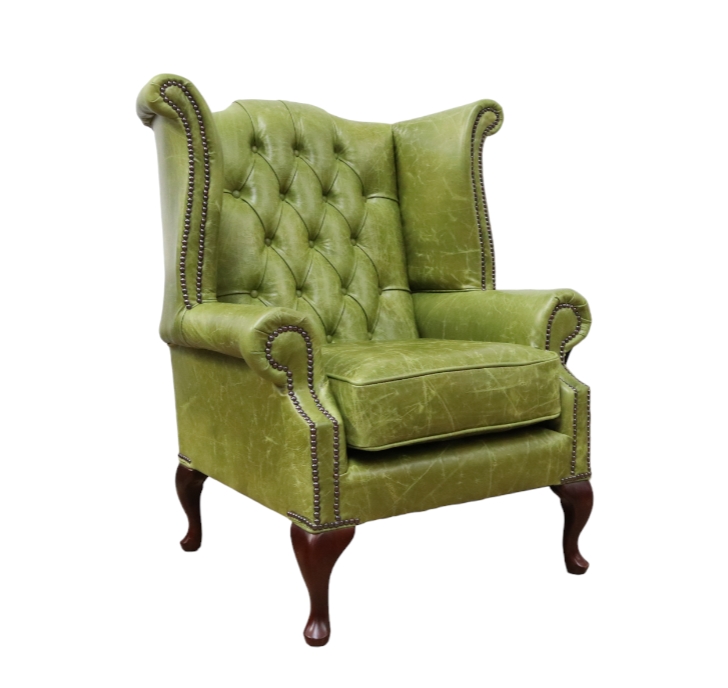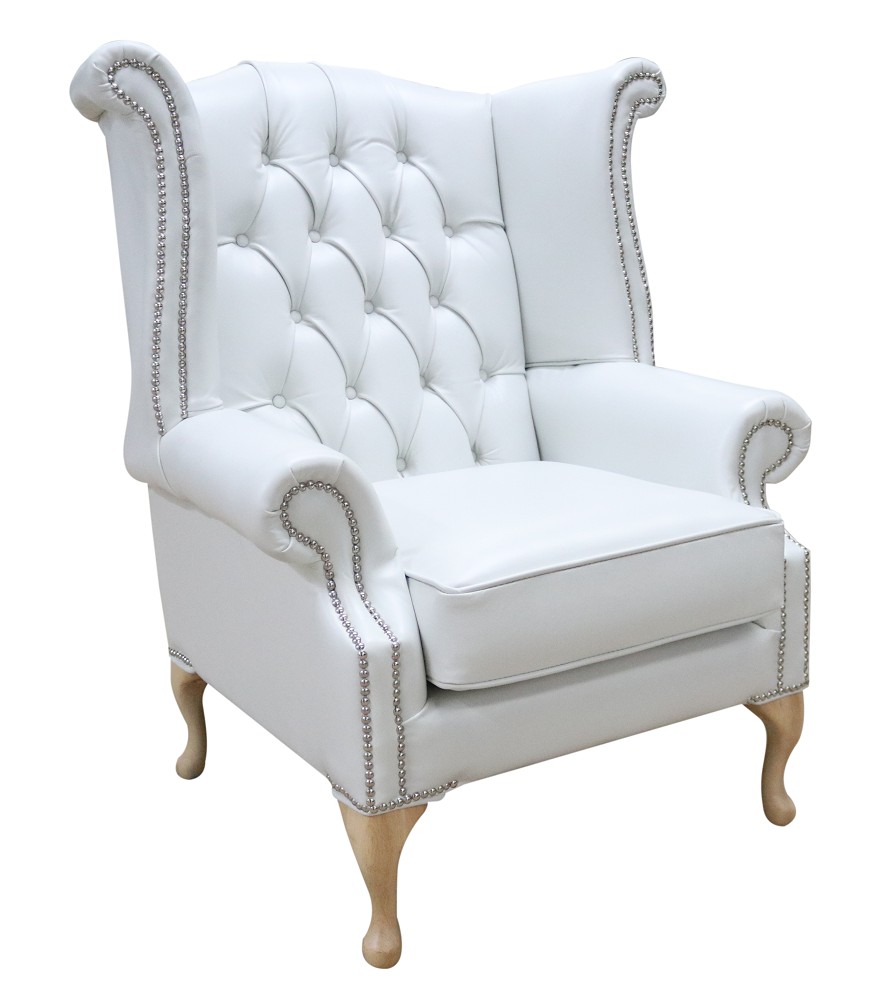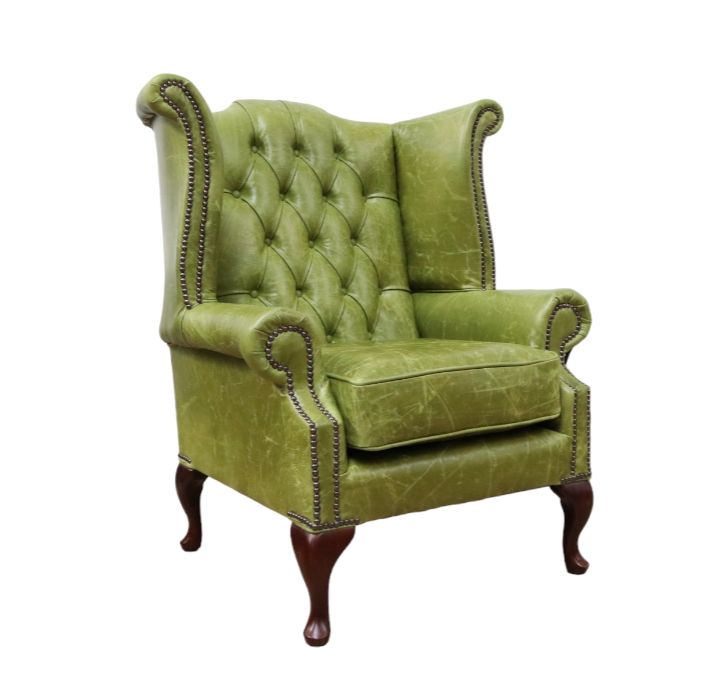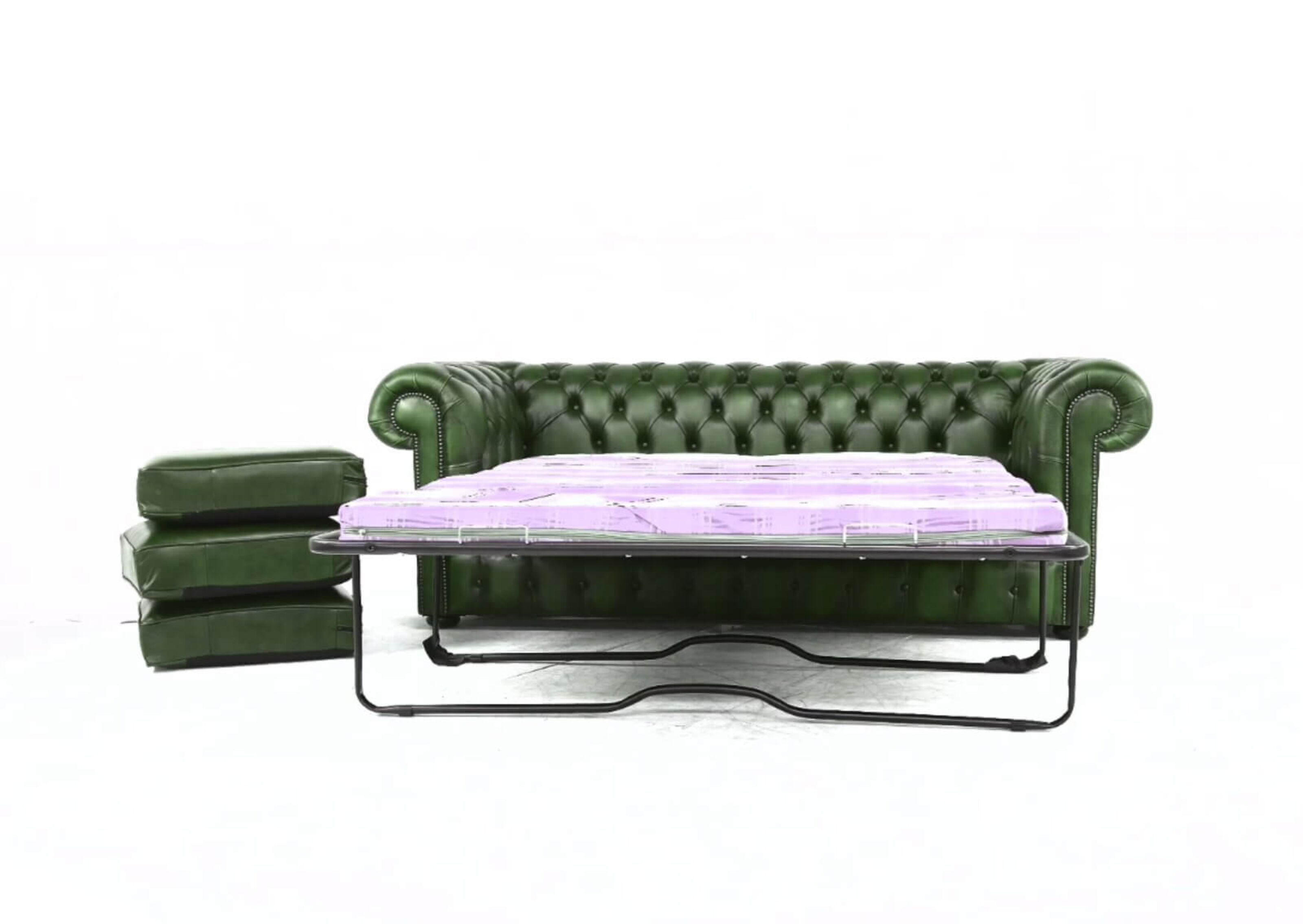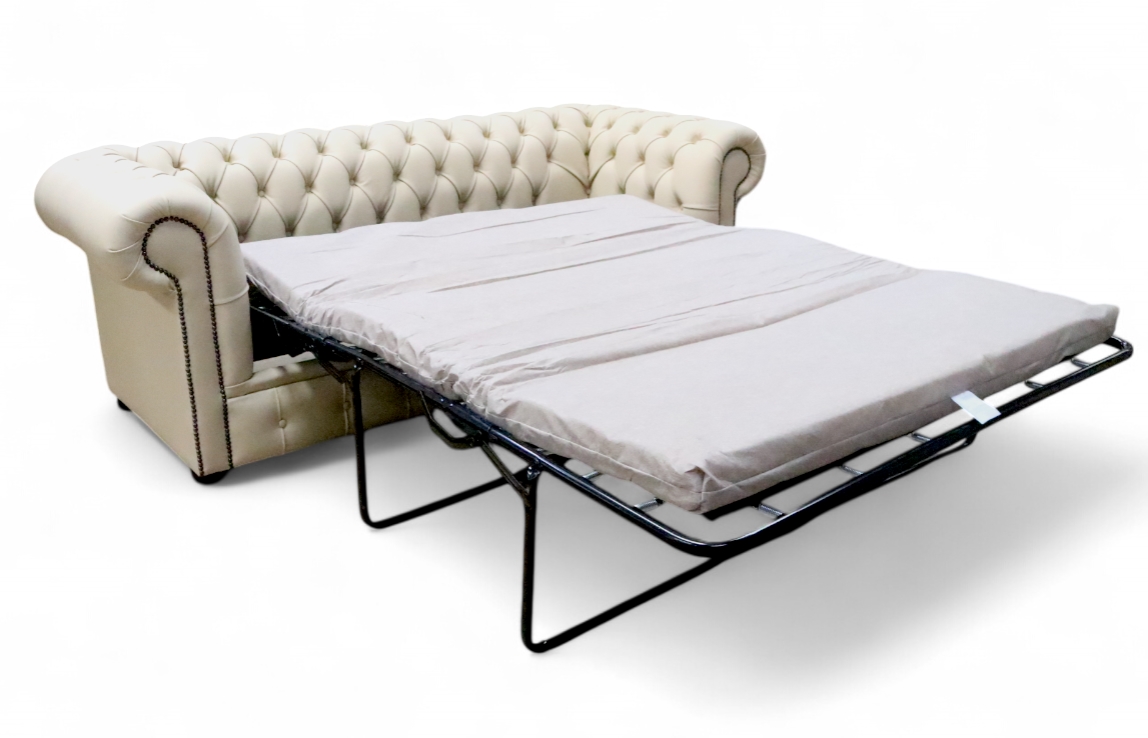Why Does the Cost of Chesterfield Sofas Differ?
A frequent inquiry from our customers is, “What causes the price variation among Chesterfield sofas?”
With over 20 years of experience in crafting exceptional Chesterfield sofas, we’ve catered to customers worldwide. Over the years, the production methods for these iconic pieces have significantly evolved, influencing both their quality and price.
The Evolution of Chesterfield Craftsmanship
Chesterfield sofas trace their origins back to the late 17th century, when they were handcrafted with precision. The creation of these original pieces could take over two days, often employing horsehair for cushioning and hand-carved wooden frames. This traditional craftsmanship remained standard until the mid-1960s.
However, technological advancements between the 1960s and 1980s transformed furniture manufacturing. The introduction of serpentine (or “zigzag”) springs made sofas more affordable while enhancing comfort. The adoption of staple guns improved the precision and efficiency of the crafting process.
Understanding Budget vs. Premium Chesterfields
As the popularity of Chesterfields surged, particularly in gentlemen’s clubs and military offices, the market diversified, leading to more budget-friendly alternatives. Lower-priced models often use materials like Faux PU or Bonded Leather, which significantly reduce costs but also quality. In contrast, our Chesterfield sofas are crafted from 100% genuine leather and feature a sturdy hardwood frame, ensuring durability and an authentic, luxurious experience.
How Materials Influence Price
Typically, a well-made Chesterfield sofa today ranges from £700 to £900, depending on the type of leather or fabric selected. In comparison, sofas made from faux leather can be found for £500 to £600, but these often have a shorter lifespan—lasting only 5 to 10 years.
Identifying Genuine Leather vs. Faux Leather
Leather remains a key component in both furniture and fashion, yet distinguishing genuine leather from synthetic alternatives is becoming increasingly challenging. Here are some helpful tips to identify real leather:
- Texture: Real leather features a unique, uneven grain, while faux leather often appears uniform.
- Smell: Genuine leather has a rich, distinct aroma, whereas faux leather may emit a chemical scent.
- Aging: Real leather develops a beautiful patina over time, while faux leather may crack or peel.
By understanding these factors, you can gain insights into what influences the pricing of Chesterfield sofas, empowering you to make informed purchasing decisions that meet your needs.

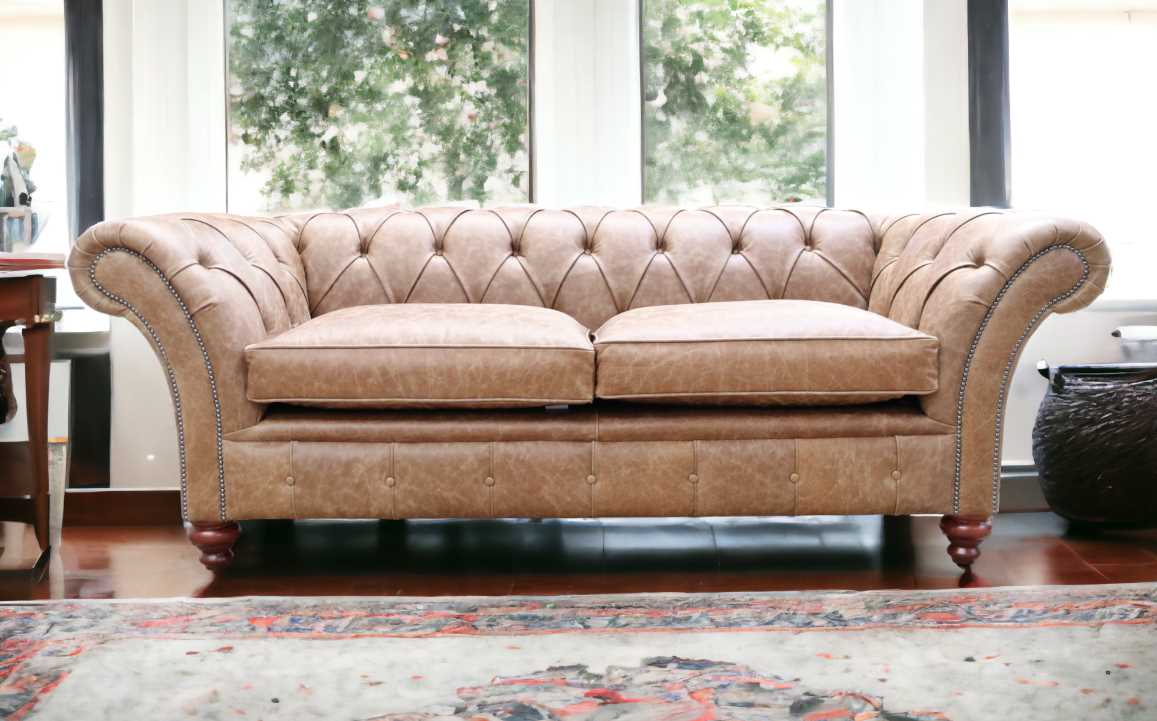



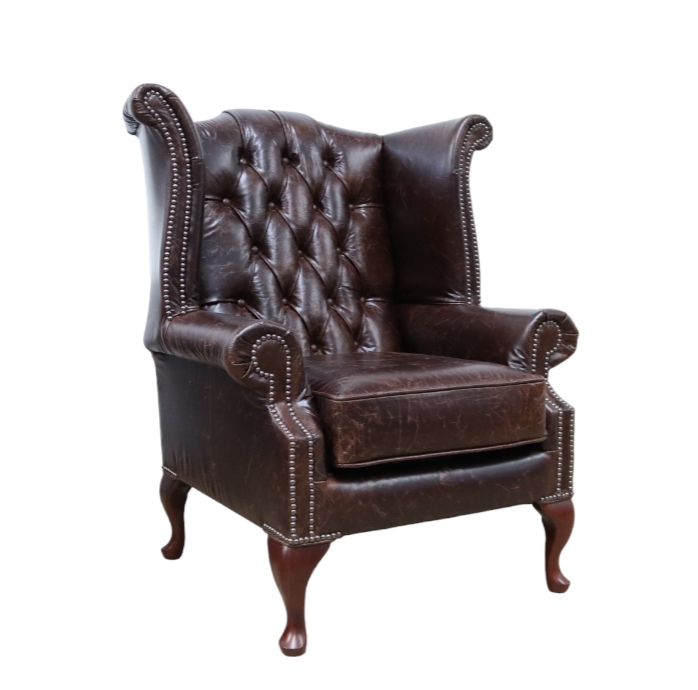
 Chesterfield Chairs – Timeless Elegance...
Chesterfield Chairs – Timeless Elegance...